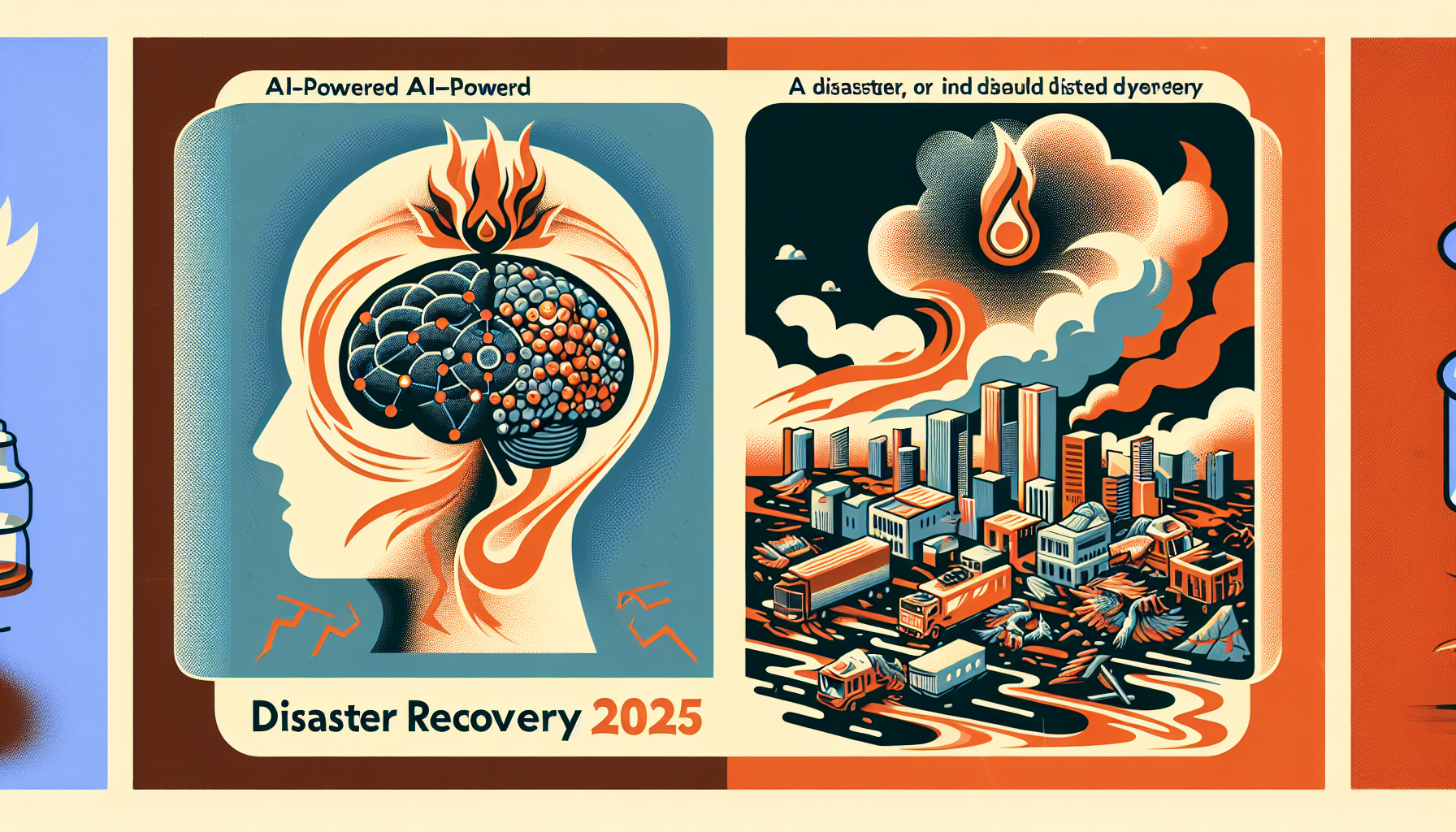In 2025, innovations in AI-powered disaster recovery have brought about a quiet revolution in how we respond to and recover from disasters. Through unparalleled speed and precision, artificial intelligence is quietly shaping a future where communities stand stronger in the face of crisis.
Real-Time Analysis and Damage Detection
Today’s AI systems process enormous amounts of satellite and drone imagery in moments. When disaster strikes—be it an earthquake, hurricane, or flood—AI can quickly spot damaged buildings, impassable roads, and the areas that need help most. The European Space Agency recently organized a global challenge, asking teams to train AI to tell the difference between damaged and undamaged buildings after earthquakes. The best models did this with remarkable speed, helping rescuers know where to go and what to expect before even arriving on scene.
AI-powered drones also work above rubble and debris, scanning for signs of life and relaying crucial information to rescue teams, ensuring that no time—and no life—is lost unnecessarily.
Guiding Resources Where They’re Needed Most
Relief efforts depend on getting the right supplies to the right place, fast. Whether it’s food, water, or vital medical equipment, AI predicts needs and helps move resources effectively even as situations unfold and evolve. For instance, in the face of rising waters, AI models analyze sensor data and weather forecasts to anticipate where sandbags should be placed or which communities need evacuation.
AI merges information from rainfall sensors, satellite images, and even social media posts, offering a clear, up-to-the-minute picture to emergency coordinators. This shared understanding enables authorities, responders, and aid workers to act together, minimizing confusion and making every minute count.
Faster Responses and Increased Survival
By integrating AI with cutting-edge technologies—like 5G networks, IoT sensors, and robotics—response times have dropped dramatically worldwide. Today, over 80% of national disaster agencies use AI, which has led to a staggering 58% reduction in emergency response times and a 32% increase in survival rates in affected zones.
A powerful example from India illustrates this change. The National Disaster Management Authority, partnering with Google DeepMind, now predicts cyclone paths up to three days in advance. This early warning has enabled the safe evacuation of hundreds of thousands of people with remarkably few casualties, even in the most dangerous conditions.
Ethical and Reliable AI Decision-Making
As AI becomes more central to disaster response, ensuring it acts ethically and reliably is paramount. New frameworks guide AI agents to make decisions with greater stability and predictability than humans alone. One recent study found that structured AI models performed critical emergency tasks with 60% more consistency than traditional systems, offering new confidence in their judgment during high-stakes events.
Self-Healing Agents and Secure Recovery
AI is rapidly moving towards systems that can heal and recover from failures without waiting for human help. These autonomous agents continually monitor their own operations, detect early signs of trouble, and launch recovery protocols on their own. The use of blockchain technology means vital backup records are permanently safe from loss or tampering. When paired with cloud platforms, these innovations give disaster recovery efforts unmatched resilience and strength.
Pioneering Research for the Future
University labs and research centers are driving this transformation. Institutions like Texas A&M’s UrbanResilience.AI lab combine predictive, analytic, and generative AI models to sift through massive streams of data. Their work sharpens our ability to predict disasters, coordinate rapid responses, and accelerate recovery—helping to build cities and systems ready for tomorrow’s challenges.
Towards a Proactive and Resilient World
The steady rise of AI-powered disaster recovery marks a shift from chaotic, reactive processes to calm, proactive action. Through advanced analytics, real-time sensing, and ethical automated decisions, AI allows more lives to be saved, resources to be wisely deployed, and communities to become truly resilient.
These advances come from the dedicated work of organizations across the globe, each moving us closer to a world where every community can withstand adversity—and recover, stronger than before.

Leave a Reply